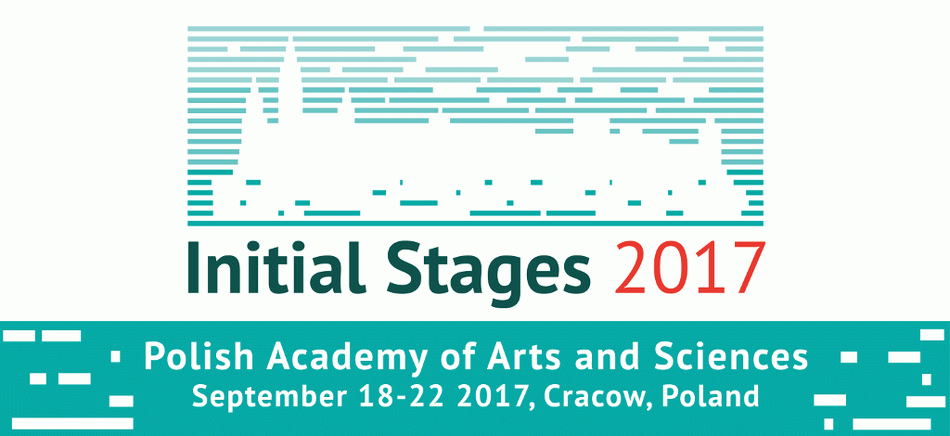Conveners
Low x / Forward rapidity I
- Michal Praszalowicz (Jagiellonian University, Krakow)
Description
4 talks
The study of particle production in proton-nucleus collisions provides essential information about high-density effects (like gluon saturation) in the nuclear wavefunction. The corresponding cross-sections can in principle be computed within perturbative QCD, using the framework of the Color Glass Condensate. However, a recent calculation of single-inclusive hadron production at...
The color glass condensate (CGC) description of a high energy proton or nucleus, based on stong classical color fields, provides a way to understand the initial stages of a heavy ion collision in first principles QCD. In order to make this description quantitative, the color fields have to be studied by probing them with dilute probes. This talk concentrates on the description of two such...
Dijet production in the gluon saturation regime provides
a unique probe for the gluonic content of hadrons.
This is because such process is, in general, sensitive to several
small-x transverse momentum dependent (TMD) gluon distributions.
I this talk I shall discuss a factorization-like approach which is suitable for production of dijet system with rather large transverse momenta.
Although it...
While most initial-state calculations for heavy-ion collisions are performed in the asymptotic high-energy limit, real-world kinematics involve large but finite energies. Sub-eikonal corrections may therefore be important for calculating the initial conditions at RHIC or the LHC, especially those corrections which are enhanced by the size of the medium. Therefore, we study the first...
